What is the Recommended Method for Cleaning a Chimney?
Your fireplace creates a warm and cozy environment for your family and friends to gather around. However, it also creates smoke and soot as byproducts that can be hazardous to your chimney and health. Scheduling regular cleaning of your chimney can help you maintain your fireplace, extend its life, and enjoy its warmth. You can head to Willard Power Vac to learn more about chimney cleaning and why it is important.
Why Does Your Chimney Get Dirty?
Your fireplace requires wood to keep burning. Wood releases various contaminants when it burns. These contaminants coat the inside of your chimney. In addition, flammable and organic particles can enter the chimney via the elements, animals, vermin, or birds. Wind can also deposit twigs and leaves in chimneys that don’t have flue caps. And finally, the most critical reason your chimney gets dirty is because of creosote which can be extremely difficult to remove and cause chimney fires if ignored.
Why Should You Clean Your Chimney Regularly?
You will experience a slowdown in the fireplace burning if you don’t clean your chimney regularly. The fire will be more difficult to start and will not burn with as much intensity as before. In addition, cleaning the chimney regularly will prevent a chimney fire. Chimney fires can begin with pops and snaps like gunshots and progress to a rumbling sound. You will notice black, oily creosote raining down in the firebox during a chimney fire. Flames will burst out of the chimney’s top and back down into your firebox. Because of thermal expansion, the flue can crack and shoot flames into the inside walls. Chimney fires can create a lot of damage to your property. Since it will require firefighters to shoot water from the top downward to stop the fire, your home can suffer a lot of damage from the fire and the flooding. In some extreme cases, you may even lose your entire house due to the fire.
How Often Should You Clean Your Chimeny?
You must get your chimney inspected and cleaned before the burning season. This means your chimney should be cleaned no later than fall. Apart from regular scheduled inspections and cleanings, you must also look out for certain signs that indicate your chimney may require cleaning:
- Creosote and soot falling into the firebox when there’s a fire running
- Build up of creosote textured like a honeycomb inside the chimney
- The creosote is more than 1/8th inch thick
- You burn many artificial logs
- You use your fireplace often
- You burn unseasoned or green firewood
How to Clean Chimney?
Ideally, you must hire a professional company to inspect and clean your chimney. But if you choose to clean it yourself, you will need some equipment and tools. They include:
- An extension ladder
- Chimney brushes
- Cordless drill with screwdriver
- Flashlight
- Shop vacuum with dust filter
- Safety glasses
- Sheet plastic or tarp
- Fiberglass extension rods
- Duct and painter’s tape
- Dust mask
Ensure You Can Clean the Chimney Yourself
Before you begin cleaning, check if your chimney is due for cleaning. For this, use a flashlight and a metal or poker tool and scrape the creosote residue from the chimney walls. The chimney will require cleaning if the creosote is accumulated more than 1/8th of an inch. The creosote can form in any part of your chimney but is most commonly found in the smoke chamber, just above the firebox. Sometimes, this area may be hard to reach. So first check if you can reach it with a brush. If not, you may have to hire professionals to clean the chimney.
Clear and Seal Your Fireplace
Once you are sure you can clean the chimney yourself, seal the fireplace:
- Surround the floor around the fireplace with a plastic sheet or tarp to prevent the room from getting sooty
- Remove any unburnt wood and ash from the firebox section
- Open the damper and remove it, if possible
- Cover the front of the fireplace with a plastic liner and seal it with duct tape to prevent any dust from filling the room as you brush the flue
Remove the Rain Cap
Once the fireplace is ready for cleaning, you must climb your roof and remove the rain cap. This is the metal cap that is fixed to the chimney to prevent any leaves, dust, dirt, rain, snow, birds, and small animals from entering. Before removing the cap, try to determine the flue’s height so that you have the right size brushes and other tools. You will need a power drill or screwdriver to remove the rain cap.
Brush the Chimney Flue
The chimney’s flue can be cleaned either from the top or through the fireplace. You will need a wire brush with an attached extension for this job. Reach into the chimney with the brush and scrub its inner walls in an up-and-down motion. Most chimney brushes come with extensions, so you can attach them to the brush if required. Brush the length of the flue till you reach the smoke shelf. Once done, reattach the rain cap. You can also brush the flue from the bottom if your fireplace is large enough to accommodate your upper body. Soot and other residue will fall on you when you clean the flue. Ensure you wear safety glasses and a face mask.
Remove Dust and Debris
Once you are done scraping, clean the bottom of the flue with the wire brush. Sweep the debris from inside the fireplace. Reattach the damper and dispose of the creosote as per the local regulations. You can also use a shop vacuum to clean the fireplace and any other part of the room that has got sooty.
Following the steps above can help you clean your chimney. While this entire process seems pretty simple on paper, it may not really be the case. Cleaning your chimney yourself requires exposing yourself to dangerous soot and ash and putting yourself at risk of falling by climbing high up on the roof. Instead, hiring a professional chimney cleaning company like Willard Power Vac can be beneficial. They offer professional chimney inspection and cleaning services. Their experienced team has access to the right equipment and tools to help clean your chimney safely. They will clean your chimney and protect it from any future issues.
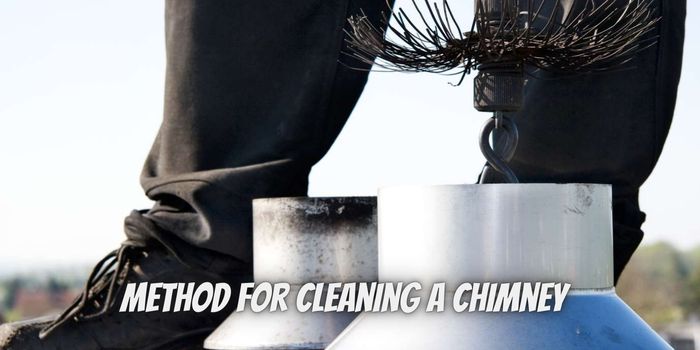

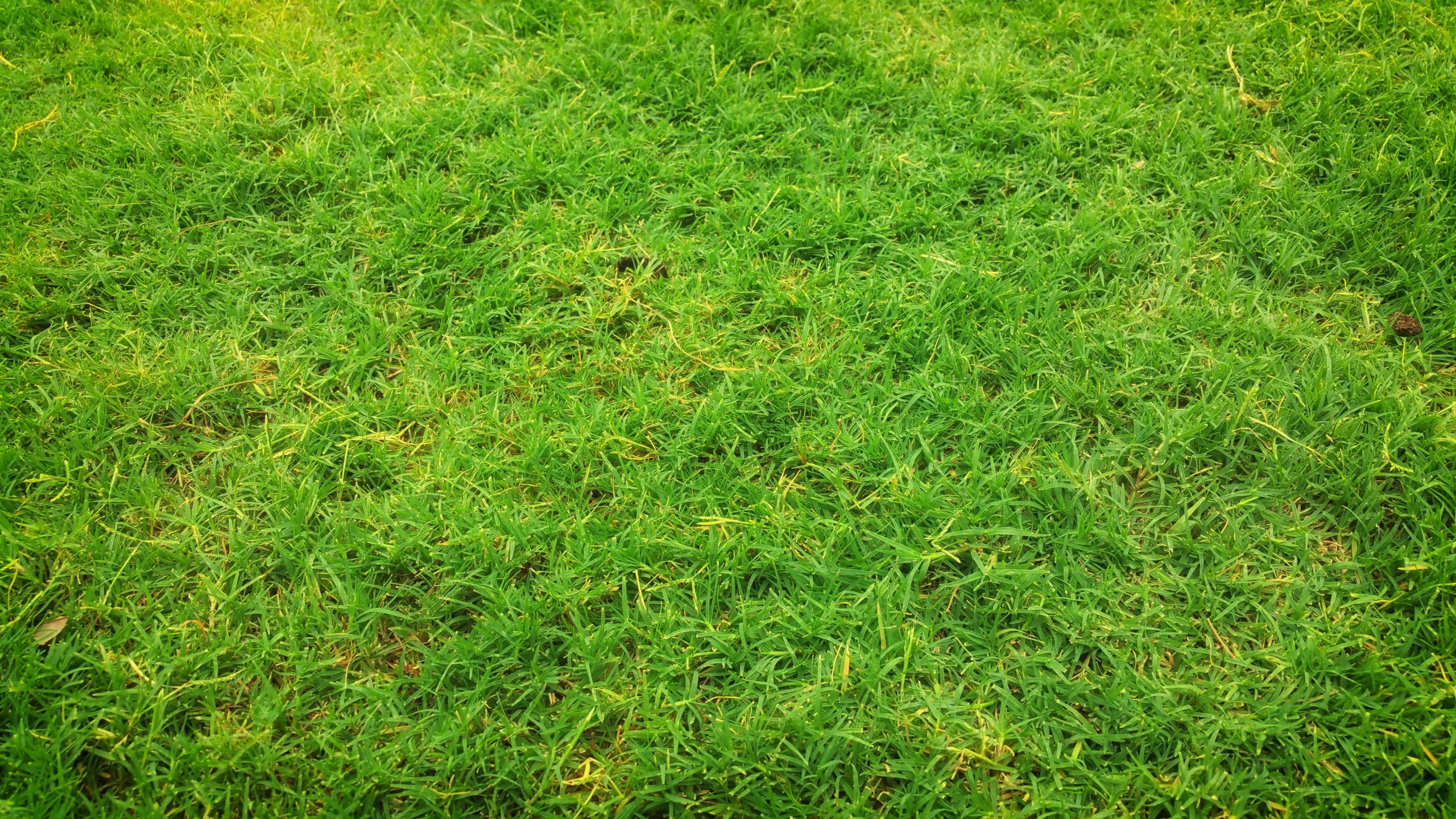

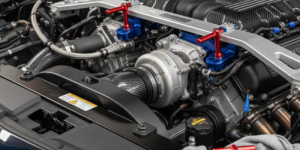
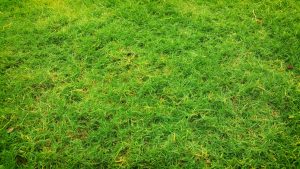





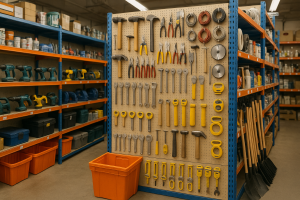

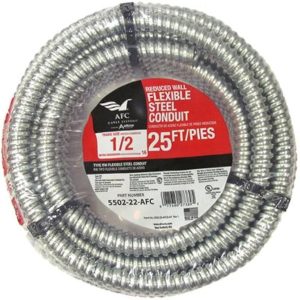
Post Comment
You must be logged in to post a comment.